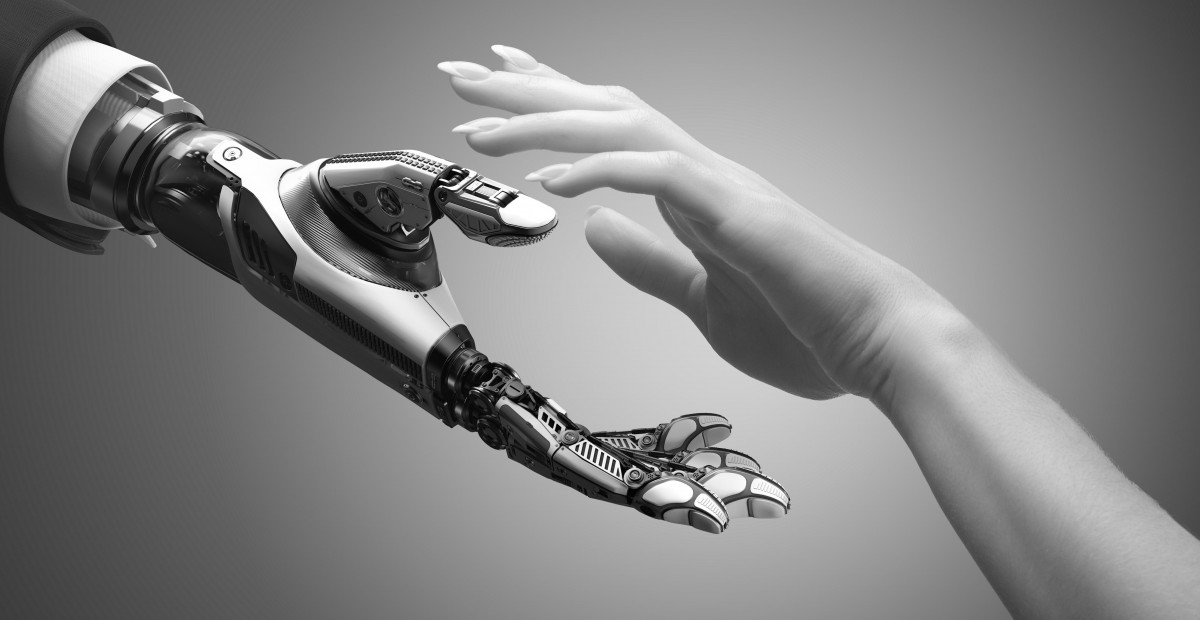How to Identify and Reduce Bias in Artificial Intelligence
Artificial intelligence is all around us today, and it’s starting to play a larger role in our lives than ever before. AI is present in everything from Google searches to self-driving cars. More often than not, when we think of AI, we imagine that scientists program machines with the same biases they possess. But what exactly does it mean when artificial intelligence displays signs of bias and how did it get there in the first place?
Artificial intelligence is the development of computer systems able to perform tasks normally requiring human intelligence, such as visual perception, speech recognition, decision-making, and translation between languages. Here is a closer look at several different types of Artificial Intelligence:
Reactive AI
Scientists usually program this basic type of AI to provide a predictable output based on the input it is fed. Reactive machines are set to react to identical situations in the exact same way every time with no deviations. The Netflix recommendation engine is a great example of this type of artificial intelligence. This AI cannot learn actions or function beyond the tasks that they have been initially designed for. However, reactive AI is the foundation for the next type of AI.
Limited Memory AI
This AI can learn from the past and is able to build knowledge based on experience by observing actions or data. Limited memory AI uses historical, observational data together with pre-programmed information to make predictions and complete difficult tasks. As its name implies, this AI’s memory has a limit. The data collected through observation is not stored long-term.
Autonomous or ‘self-driving’ vehicles use this kind of AI to observe other vehicles’ movements to help them read their environment and make the necessary adjustments.
Theory of Mind AI
These machines can acquire and possess decision-making capabilities similar to that of humans. Sophia the humanoid robot was able to recognize faces and respond with facial expressions of her own with this level of AI.
Bernard Marr weighs in on this type of AI in his article by stating, “Machines with the theory of mind AI will be able to understand and remember emotions, then adjust behavior based on those emotions as they interact with people.”
Self-Aware AI
The future of artificial intelligence lies here. When machines are able to be aware of their emotions and the emotions of those around them, they will have achieved a level of consciousness and intelligence similar to that of humans. This level of technology does not exist yet because of a lack of the necessary hardware and algorithms to support it. However, HBO’s hit series Westworld gives us a fictional glimpse of what self-aware machines could look like in the future.
A Look at Bias in Artificial Intelligence
Bias in AI is a phenomenon that happens when an algorithm produces results that are systematically prejudiced because of mistaken or inaccurate assumptions in machine learning. Bias in AI is categorized in the following ways:
Reporting Bias
This type arises when the frequency of events in the training dataset does not reflect reality in an accurate way. In other words, it refers to people’s tendency to under-report all the information available.
Selection Bias
This is present when training data is either unrepresentative or chosen without the required randomization. Selection bias is common in situations where prototyping teams are narrowly focused on solving a specific problem without considering how the solution will be used and how the data sets will generalize.
Group Attribution Bias
This occurs when data teams attribute characteristics of individuals to entire groups that the individual may or may not be a part of. Employee recruiting or university admission tools can sometimes contain this type of bias. These tools can favor applicants associated with certain institutions and disadvantage those who are not.
Implicit Bias
When creators of algorithms make assumptions based on personal experience that do not necessarily apply generally. For instance, data scientists can subconsciously fail to associate people of color or women in leadership roles. This can happen despite their belief in racial and gender equality. Google Images has had reports of this bias.
6 Effective Ways to Reduce Bias in Artificial Intelligence
Design AI Models with Inclusion in Mind
Humanists and social scientists can help identify and reduce bias in your AI technology. Engage with these professionals before and during the design process. This ensures AI models don’t inherit biases that may be present in human judgment.
Examine the Context
Be aware of where AI has struggled in the past to help improve fairness, thus building on the industry experience.
Train Models on Complete and representative Data
Create clear-cut procedures regarding collecting, sampling, and preprocessing training data. In addition, include both your internal and external teams to help spot discriminatory correlations. This will help reduce potential sources of AI bias in the training datasets.
Perform Targeted Testing
This helps scientists pinpoint problems when they test AI performance across different subgroups that could be hidden by aggregate metrics. Stress testing and continuous retesting AI models using more real-life data can help optimize performance. User feedback is also essential, especially in complex cases.

Improve Human Decisions
An interesting by-product of AI is that it can help reveal flaws in human decision-making. Scientists can unconsciously train AI models on recent human decisions that show bias. When this happens, it is crucial for scientists to consider how human-driven processes might be improved.
Improve AI Explainability
In their article, Nadejda Alkhadi refers to explainable AI as the “set of techniques, design principles, and processes that help developers/organizations add a layer of transparency to AI algorithms so that they can justify their predictions.” Understanding whether the factors supporting the decision reflect AI bias can help in identifying and mitigating prejudice.
There is a rising demand for intuitive technology. It is clear that artificial intelligence will have more uses this year and beyond. There are certainly positives that may come from this. However, it is important to recognize the potential risks as AI becomes more prevalent.
Talk to us today to discover more about AI and how our digital marketing solutions can help your business.






